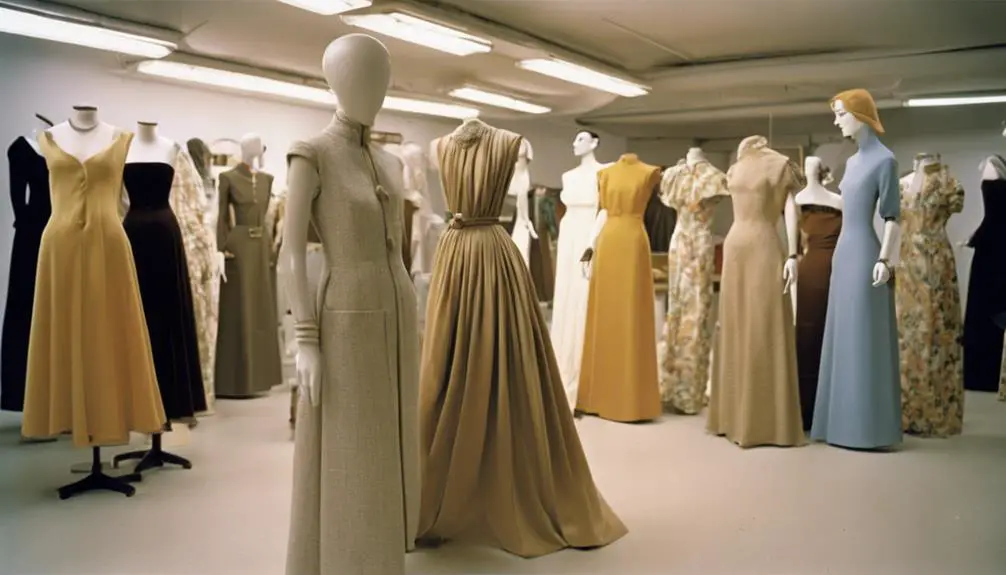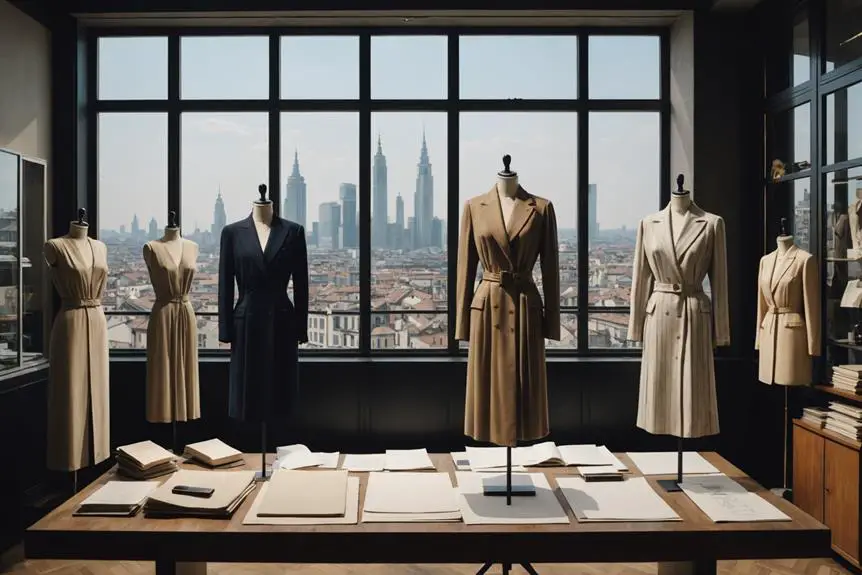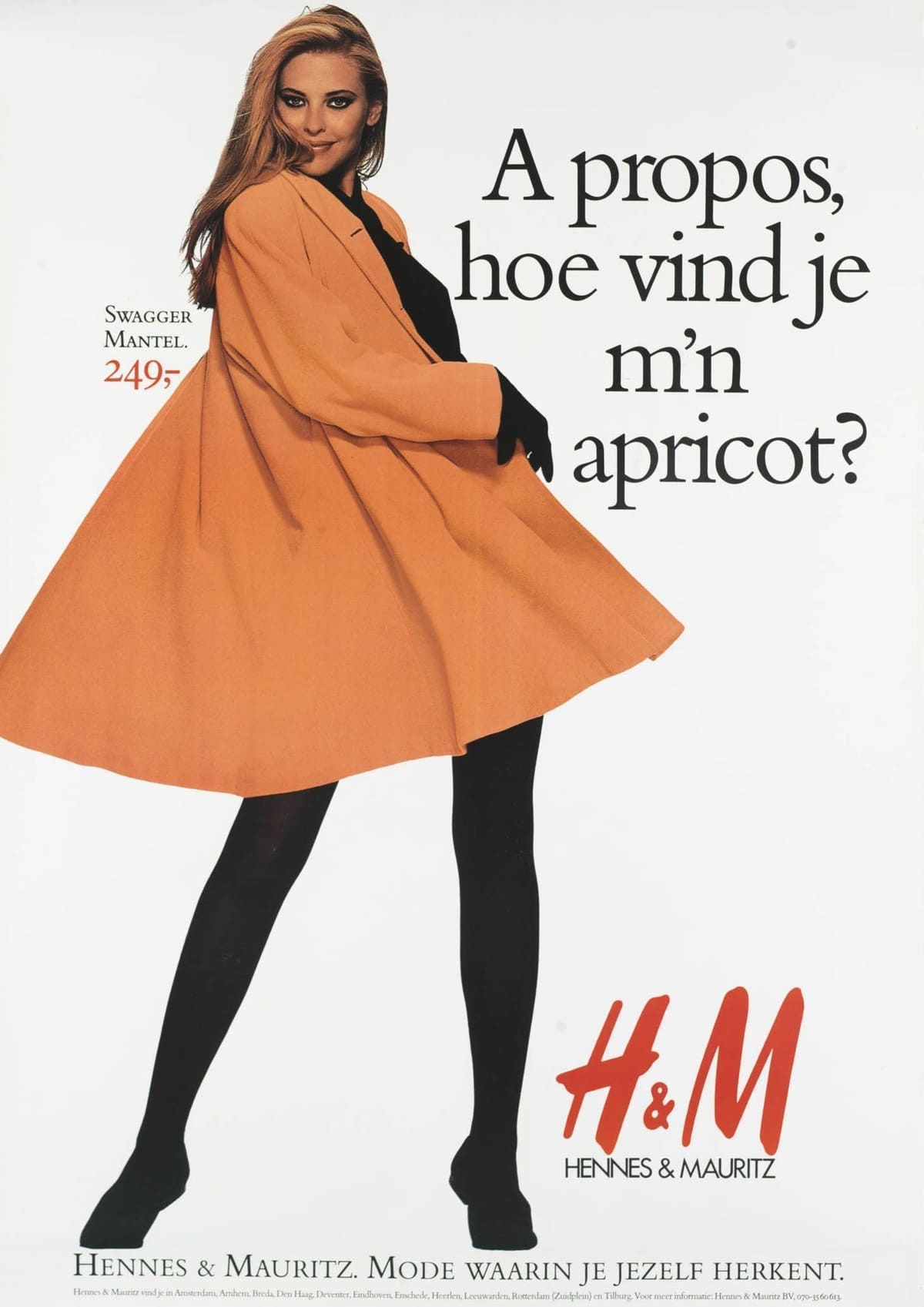Armani was founded in 1975 by Giorgio Armani and Sergio Galeotti in Milan, Italy. They kicked off their journey with initial funding from the sale of a Volkswagen. The following year, they launched their first menswear collection, which quickly received acclaim. By 1978, they signed their first licensing agreement, setting the stage for rapid growth. Over the years, they expanded product lines and improved quality by shifting to in-house production. Armani has since transformed the fashion landscape, showcasing a commitment to luxury and innovation. Discover more about its fascinating history and milestones that shaped the brand further.
Founding of Armani

Giorgio Armani's journey began in 1975 when he and his partner, Sergio Galeotti, established the luxury fashion brand in Milan, Italy. With a modest start, the initial funding reportedly came from the sale of a Volkswagen. This isn't the glamorous beginning you'd expect for such a high-end brand, but it shows how passion can drive success.
The brand quickly became known for its innovative marketing strategies and the establishment of sub-brands, which helped to broaden its appeal and reach. Just a year later, in 1976, they launched their first menswear collection. It quickly gained acclaim, helping to establish Armani's reputation in the competitive world of luxury fashion.
By 1978, things were really taking off. Armani signed its first licensing agreement with Gruppo Finanziario Tessile (GFT), marking a significant step in brand expansion. This move allowed the brand to grow beyond its initial offerings and reach a wider audience.
As demand increased, Armani recognized the need for quality control to maintain his luxury standards. In the 1990s, the company shifted to in-house production. This change not only improved quality but also guaranteed that every piece reflected the designer's vision and craftsmanship, further enhancing the distinctive elements that characterize identifying vintage Armani.
Today, the legacy of Giorgio Armani lives on, and it all started with a dream in Milan. The combination of innovative design, strategic partnerships, and a commitment to quality set the stage for Armani to become a household name in fashion.
You can see how every step, from that first collection to the sophisticated expansions, has shaped what we now know as the iconic Armani brand.
Giorgio Armani's Early Life
Born in Piacenza, Italy, in 1934, Armani grew up in a household shaped by his accountant father and mother, Maria.
Initially, Giorgio had dreams of becoming a doctor. He enrolled in the University of Milan's medicine program but soon found himself drawn to a different path. After serving in the military, he worked at a military hospital in Verona. It was there that he attended fashion shows, sparking his interest in pursuing a career in fashion.
This burgeoning interest would eventually lead to the founding of Giorgio Armani S.p.A. in 1975, marking a significant turning point in the fashion industry with the introduction of the unstructured jacket that emphasized comfort and a natural silhouette.
In 1957, Armani began his journey in the fashion world as a window dresser and sales clerk at La Rinascente, a well-known department store in Milan.
This role was pivotal; it provided him with valuable insights into marketing and fashion retail. He learned how to showcase clothing in a way that captivated customers and ignited their desire to buy.
Brand Expansion and Success

By the 1980s, Armani had transformed from a budding designer into a global fashion icon, establishing over 200 stores worldwide and raking in annual sales of $2 billion. This rapid expansion wasn't just about numbers; it marked Armani's rise as a fashion powerhouse.
In 1981, the introduction of the Emporio Armani line targeted younger audiences with accessible pricing, broadening the brand's market reach and appealing to a more diverse customer base.
Armani didn't stop there. The brand ventured into various product lines, including A/X Armani Exchange and Armani Beauty, ensuring that they catered to different consumer segments. This strategy helped maintain growth and keep the brand relevant in an ever-changing market.
Innovative marketing played an essential role in this success. Armani designed costumes for over 100 films, which greatly enhanced brand visibility and cultural relevance. You might've noticed the stylish pieces gracing screens and creating buzz among fashion enthusiasts.
Market Position and Value
Armani's prestige in the fashion industry is a proof of its unwavering market position and remarkable value. As one of the strongest luxury fashion brands worldwide, Armani boasts a brand value estimated at an impressive $3.1 billion. This success is rooted in its diverse offerings, which include well-known sub-brands like Giorgio Armani, Emporio Armani, and Armani Exchange. Each of these caters to different market segments and consumer demographics, showcasing the brand's adaptability and broad appeal.
By the end of the 1990s, you could find Armani's influence reflected in over 200 global stores, demonstrating its significant market presence. This expansion has only strengthened its foothold in the luxury sector. With annual sales reaching around $2 billion, Armani showcases strong financial performance that highlights ongoing market demand for its high-quality offerings.
The brand's legacy includes transforming professional women's wardrobes in the 1980s, further solidifying its standing in luxury fashion. This innovation keeps Armani relevant and desirable among consumers today.
In a competitive landscape, Armani continues to maintain its market position through strategic branding and product diversity. Whether you're eyeing a classic suit or a trendy casual piece, Armani's offerings reflect not just style but a rich heritage and commitment to quality.
With such robust annual sales and a strong brand value, it's clear that Armani isn't just a name—it's a leading force in the luxury fashion industry.
Cultural Impact and Recognition

Armani's recognition is backed by numerous prestigious honors, showcasing his commitment to excellence:
- Legion of Honour from the French Republic
- Visionary Award at the 2022 Sustainable Fashion Awards
- Golden Lion at the Venice International Film Festival
- Accolades for his philanthropic efforts
- Establishment of the Armani Silos museum in Milan, reflecting 40 years of fashion history
These achievements highlight not only Armani's contributions to contemporary fashion but also his dedication to sustainable initiatives.
He promotes eco-friendly practices throughout his brand, paving the way for a more responsible fashion industry.
The Armani Silos serves as a reflection of his cultural relevance, housing a wealth of design history that continues to inspire.
As you explore his work, you'll find that Giorgio Armani isn't just a designer; he's a cultural icon who's left an indelible mark on fashion history.




